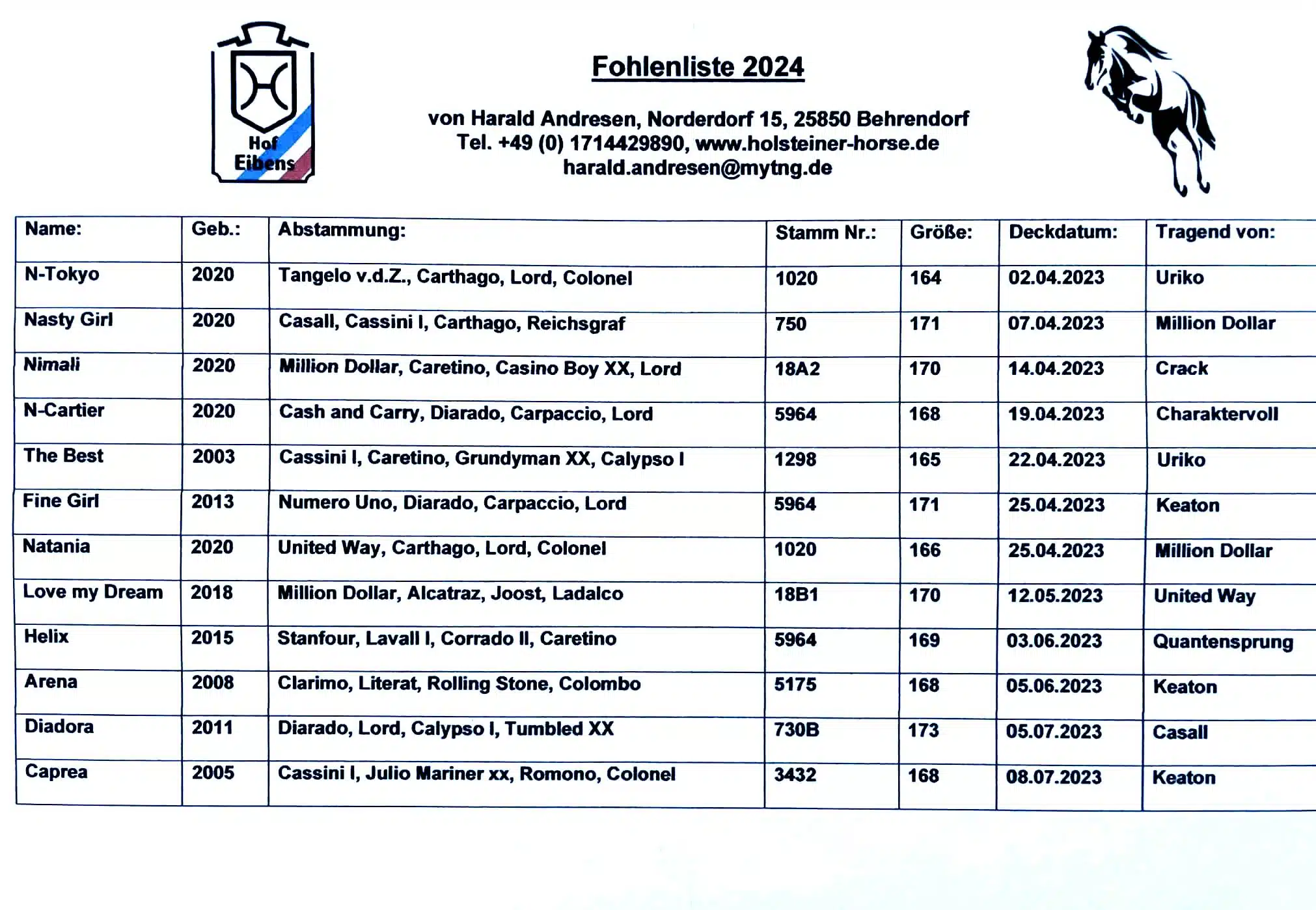An Ancient Breed Of Horse
A few hundred years ago, the Przewalski horse ran wild in Mongolia. Although these horses were native to their Mongolian home range, it is thought they roamed throughout Europe and most of Asia. This is evident from the cave paintings that have been discovered and studied in France and Spain.
The Przewalski horse only exists now in Zoos and private reserves. A little over one hundred years ago, Colonel Nikolai Przewalski under orders of the Czar, made several voyages into Mongolia and discovered the remnants of this horse. The horse was named after him as he was credited with the discovery.
The Prezewalski horse is a short and very stout horse. They generally stand approximately 12 to 14 hands tall. (A hand is a measurement used to determine the height of the horse. It is the measurement from the ground to the top of the withers. The withers is the high point on the horses‘ vertebrae between the neck and the back where the shoulders meet.) They are a „Dun“ color which is a beige to brown in color and they have a black stripe running down their back.
The horses are now considered extinct in the wild due to their being over hunted. At the time of Colonel Nikolai Przewalski’s discovery, these horses were already in danger of becoming extinct. There is a push to re-establish the breed into their natural habitats. Through a cooperative effort between the Zoos and private foundations, these plans are moving forward. A lot of scientific research has been necessary for such purposes as increasing the fertility rates and decreasing the foals‘ mortality rates. Plans for reintroduction of the breed into its natural habitat are also compromised by the difficulties in locating suitable lands that haven’t been over grazed or populated by livestock. The natural habitat for the Prezewalski horse is grassland region. After the Ice age, most of Europe and Asia was suitable for rangeland for this breed. As time elapsed, much of the grassland gave way to forests and increase in human population further pushed the breed into decline. Fourteen years ago, the reintroduction into the grassland region of Mongolia began. Over time, there has been several small herds being introduced back into their native environments with an adjustment period so they can get use to their new home. An area in Mongolia that has been found to be suitable for them is being turned into a National Park to preserve the region and the natural fauna and flora for them.
The struggle of this breed can be representative of the struggle between animal and man for existence. The Prezewalski horse roamed these lands for twenty thousand years. As man’s way of living evolved, these horses began to interfere with the early farmers. As evident from the cave paintings, these horses were hunted for food. As man began farming, competition between man and the Prezewalski horse increased over crops or interference with domesticated animals. In the last half of the 20th century, evidence of the existence of wild herds could no longer be found although expeditions were sent out specifically to find them. As the 20th century closes and we enter the 21st century, their is a new emergence to preserve and restore our natural habitats including the animals that live within them. With this new emergence, is the reintroductions of these magnificent animals to their native homes and the scientific studies to make this happen

